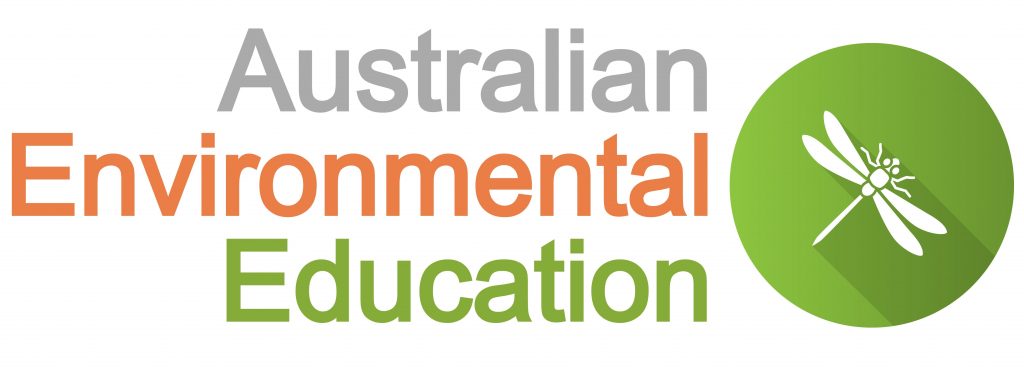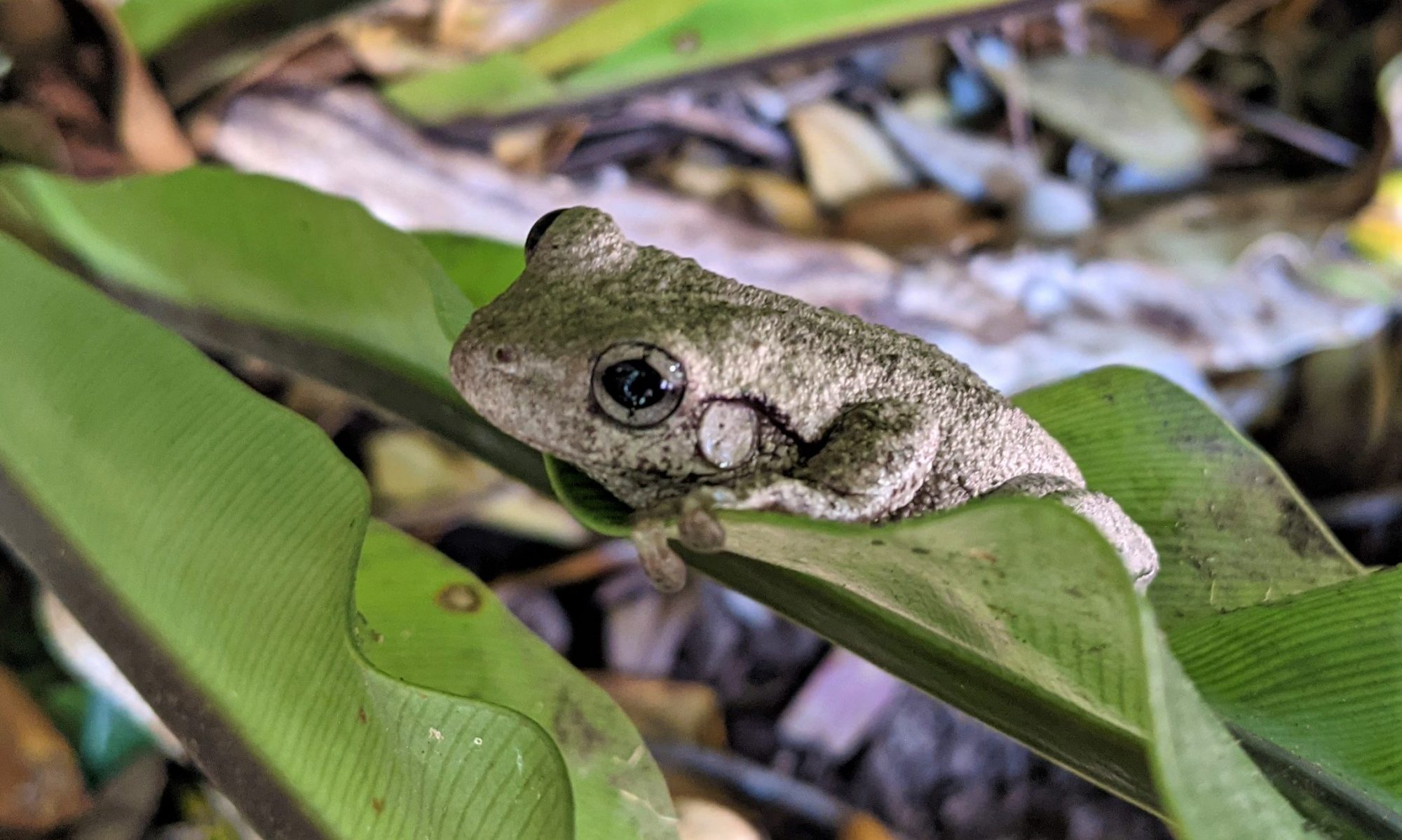A life cycle refers to the stages or changes that an animal goes through while it’s alive. There are different types of life cycles depending on the species. Vertebrates typically have three stages to their life cycle: egg, juvenile and adult. Amphibians differ to other vertebrates and undergo metamorphosis.
- Complete Metamorphosis – four stages: egg, larva, pupa, and adult. These animals look very different as babies than their parents. Complete Metamorphosis involves changes in the animal’s body structure through cell growth and differentiation.
- Incomplete Metamorphosis – three stages: egg, nymph, and adult. Insects that undergo incomplete metamorphosis emerge from eggs into nymphs (larvae) that are similar in shape to the adults. They go through several stages (called instars) before they undergo a final moult into their adult form.
Complete Metamorphosis
Moths and Butterflies undergo complete Metamorphosis comprising four stages: egg, caterpillar, pupa and adult.




Egg: The female lays the eggs on leaves or stems of a plants. Inside these tiny eggs grows a caterpillars. Different species have different shape and textured eggs. Some eggs will hatch after a few weeks and others when weather is warm enough.
Caterpillar: The caterpillar eats their way out of the egg and immediately start feeding on the leaves of the host plant. As they grow they shed their skin several times. A fully grown caterpillar can be over 100 times larger than when it emerged from its egg.
Pupa: Once fully grown the caterpillar forms a “pupa” or chrysalis. This is a hardened case to protect it from predators and weather. The “pupa” stage may last a few weeks to several months depending on the species. . Inside, the tissue, limbs and organs of the caterpillar transform.
Adult: When the butterfly is ready to emerge, the case around the pupa splits open. The wings are wet, soft and wrinkled against its body. The butterfly has to wait for its wings to dry and pumps a liquid called hemolymph into them.
Incomplete Metamorphosis
Dragonflies go through incomplete metamorphosis. There are three stages of the dragonfly life cycle, the egg, the nymph, and the adult dragonfly. Most of the life cycle of a dragonfly is lived out in the nymph stage and you don’t see them at all.
The female adult dragonfly lays its eggs near or in the water. The nymph hatches from the egg and spends this stage in the water.

Dragonfly nymph can breath through their bums and can move by expelling water out their bums.
Amphibian Life Cycle
The word Amphibian comes from the Greek word amphibios, which means “to live a double life”. Frogs are amphibians and undergo metamorphosis and go though major physiology changes during this time.
Frogs have four stages in their life cycle: egg – tadpole – froglet – adult.
- A female frog lays a lot of eggs at one time and the eggs float on water in a jelly mass or cluster.
- When the tadpole hatches, it looks more like a fish than a frog. It has gills so it can breathe underwater. The tadpole swims, eats plants and algae from the water, and grows.
- During this time, the tadpole starts to develop lungs so it will be able to breathe out of the water when it becomes an adult frog.
- The tadpole starts to grow two hind legs.
-
The tadpole grows two front legs and its long tail becomes shorter and shorter.
-
The tadpole uses the nutrients stored in its tail as food.
-
The frog’s tail will eventually disappear completely and it will start to eat insects instead of plants from the water.
-
The young frog will grow until it is an adult.
- Adult males will call to find a female mate.

Mammal Life Cycle
Mammals are divided into three groups based on how their young develop. These three groups are:
- Placental: gives birth to fully developed young like Humans, whales and rodents
- Marsupials: give birth to underdeveloped young like kangaroos and possums
- Monotremes: egg laying mammals like the echidna and Platypus
Life Cycles in the Marine environments
Animals in the marine environment have many different types of life cycles. This video from Ocean Life Education explains the life cycle of some of these amazing species.
Further Reading
- Metamorphosis: a remarkable change
- Life Cycle: Biology Encyclopedia
- Kids Zone
- 10 Ready-to-Go Resources for Teaching Life Cycles
Find out whats new for you and your students with the latest Blogs from Australian Environmental Education.
- Kickstart 2026 with Citizen Science!
- Where are all the Christmas beetles?
- Dive in and care for our coasts
- Celebrate FrogID Week 2025: Tune into Nature’s Chorus
- Celebrating 7 Years of Australian Environmental Education
Follow Australian Environmental Education on Facebook

